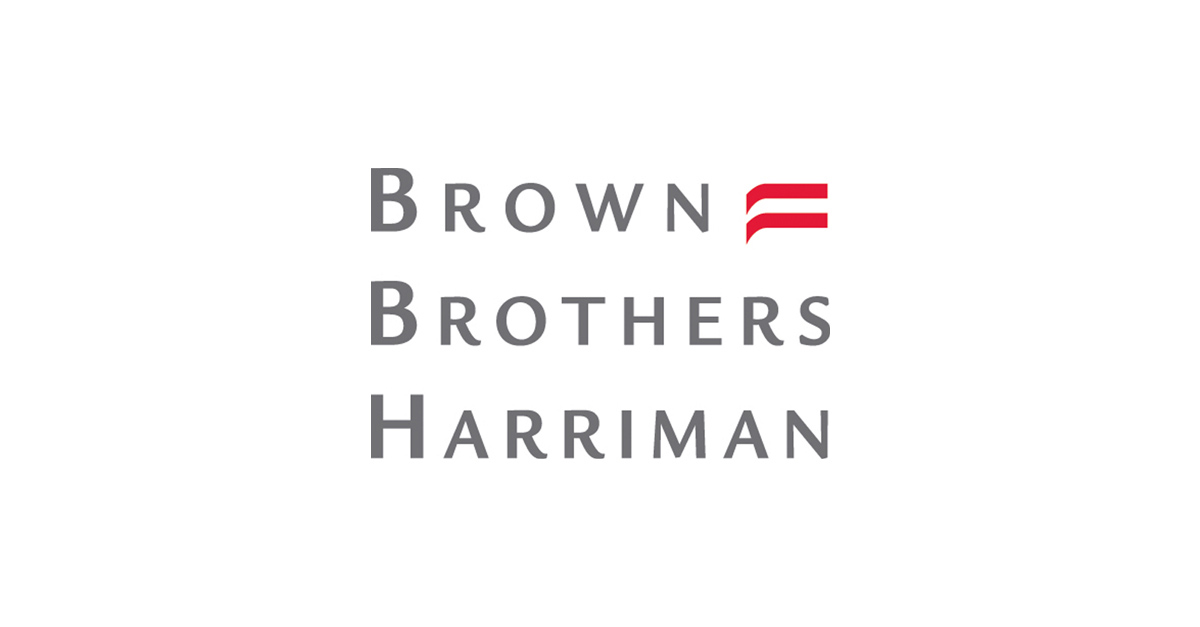Active ETFs are at the top of European investor demands, according to a survey conducted by Brown Brothers Harriman, which will only increase the calls for the non-transparent structure this side of the pond.
The survey of 107 professional investors in Europe found that out of all trends in the ETF industry, investors are most interested in seeing more active ETFs brought to market.
Behind actives, investors are reacting to the institutionalisation of digital assets and want to see more crypto products being launched while ESG ranked third in demand for new products.
Evidencing the interest in actively-managed ETFs, 50% of European investors said they plan to increase their allocations in active products over the next 12 months while just 15% plan to reduce their exposure.
Despite their apparent popularity, performance seems to be the biggest concern for European investors considering active strategies with 38% citing performance as their main apprehension about using the product class.
Indeed, these concerns seem reasonable when looking at S&P Dow Jones Indices’ SPIVA scorecard, which found 72.6% of European and 78.0% of US actively managed funds underperformed the index provider’s broad regional benchmarks over the last five years.
Other doubts include 22% of respondents worrying about trading volumes while 21% had concerns about managers’ experience and length of tenure and 18% were put off by the expense ratios charged by active strategies.
ESG to rise outside of Europe
While Europe has been at the forefront of ESG adoption to-date, it appears other regions are planning to mount a comeback in the near future with 92% of respondents from Greater China and 80% from the US planning to increase their exposure to ESG ETFs over the next twelve months, versus just 67% of European investors.
More interesting is the fact that over the next five years, the largest consensus is ESG allocation in China (42%) and the US (29%) is in the range of 11% to 20%. Meanwhile, in Europe, the greatest consensus is for a 6% to 10% allocation, which was supported by 44% of respondents.
Unsurprisingly, relative performance versus non-ESG benchmarks remain the central concern for potential ESG investors, with 41% of European professionals saying this was their greatest worry about the exposure. More surprising, perhaps, is the fact that 31% said that a lack of client interest in ESG was their main concern.
Thematics here for the long haul
While some turned their noses up at the ascendency of thematic ETFs in 2020, the growing success of issuers specialising in these strategies speak to their popularity.
What is interesting though, is they have not just attracted interest while times were good but appear to have some sticking power in the long-run with 69% of European investors saying they plan to increase their exposure to thematics versus 9% who said they plan to reduce their allocation.
Of the themes attracting the most attention, 30% of European investors said they were most interested in internet and tech thematics while 21% opted for robotics and AI and 18% went for digital assets.
Primary interest in sustainability thematics fell from 20% to 13% in Europe and from 22% to 9% in China. In contrast, the number of US investors listing environmental products as their most interesting thematic exposure jumped from 11% to 22%.
Smart beta remains popular
Despite being an older trend than thematics, smart beta and factor exposures have retained a foothold in the portfolios of investors seeking out above-market returns.
Some 31% of European investors said they plan to retain a 6-10% exposure to smart beta strategies while 33% said that as much as 11-20% of their portfolio was dedicated to smart beta products.
Of this number, 31% said the main attraction of these strategies was their income-generating potential, while 27% said they use them for risk mitigation and 24% were attracted by the potential of finding alpha.
Fixed income in the spotlight
Gaining exposure to fixed income securities was the second most popular use of ETFs during 2020 volatility with 32% saying they used ETFs to add bond products to their portfolio.
Looking ahead, 34% of European respondents said they were interested in adding either investment-grade corporate bonds or asset-backed securities to their allocation while 30% expressed interest in increasing their exposure to Treasury Inflation Protected Securities (TIPS).
Meanwhile, some concerns remain about using fixed income ETFs with 34% of investors worried about the liquidity of underlying bonds while 23% were concerned about expense ratios and trading volumes.
Overview
Ultimately, the outlook for ETF trading remains bullish. Some 62% of European professionals said they plan to increase their allocation in ETFs over the next 12 months while just 17% said they plan to reduce their ETF usage going forwards.
When selecting which ETFs to add to their portfolios, investors were largely consistent with their responses from 2020, in stating that historical performance, the issuer, and expense ratios are their most important considerations.



